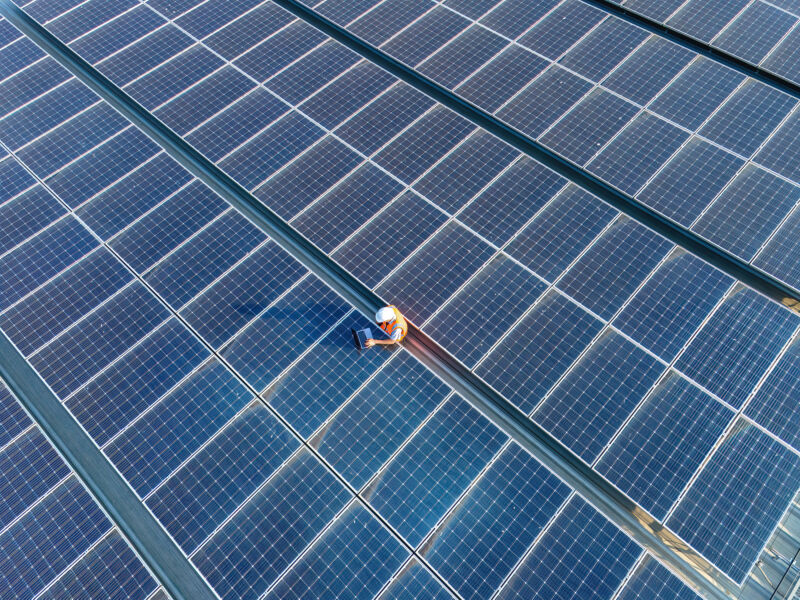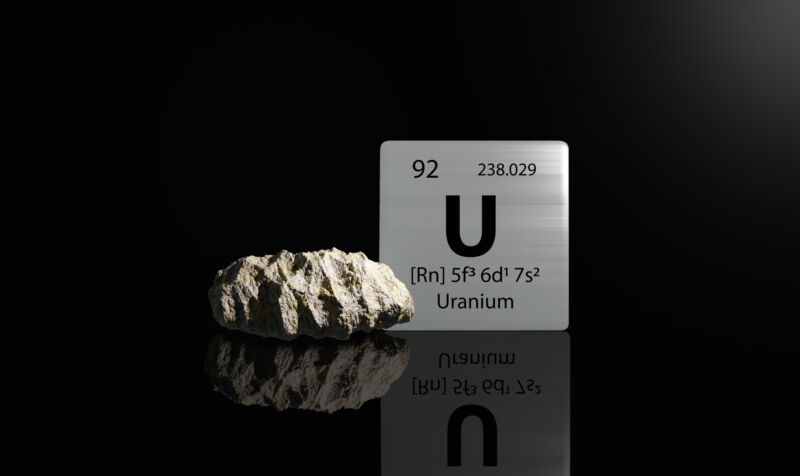US solar production soars by 25 percent in just one year

Enlarge (credit: Vithun Khamsong)
With the plunging price of photovoltaics, the construction of solar plants has boomed in the US. Last year, for example, the US's Energy Information Agency expected that over half of the new generating capacity would be solar, with a lot of it coming online at the very end of the year for tax reasons. Yesterday, the EIA released electricity generation numbers for the first five months of 2024, and that construction boom has seemingly made itself felt: generation by solar power has shot up by 25 percent compared to just one year earlier.
The EIA breaks down solar production according to the size of the plant. Large grid-scale facilities have their production tracked, giving the EIA hard numbers. For smaller installations, like rooftop solar on residential and commercial buildings, the agency has to estimate the amount produced, since the hardware often resides behind the metering equipment, so only shows up via lower-than-expected consumption.
In terms of utility-scale production, the first five months of 2024 saw it rise by 29 percent compared to the same period in the year prior. Small-scale solar was "only" up by 18 percent, with the combined number rising by 25.3 percent.
